Fall can bring about spectacular views, but these do not occur everywhere. I live in an area where this is not an annual event. I always wanted to see the splendor of the colorful trees with their red, orange, and yellow leaves waving in the breeze, but that is not to be here.
There are several things needed for the trees to put on their annual show, they must be deciduous trees, or at least most of them must, they must be exposed to shortening days, and the weather must be cold enough.
To see fall foliage one must not only find trees that participate in the event, but must visit at just the right time, which is a narrow window.







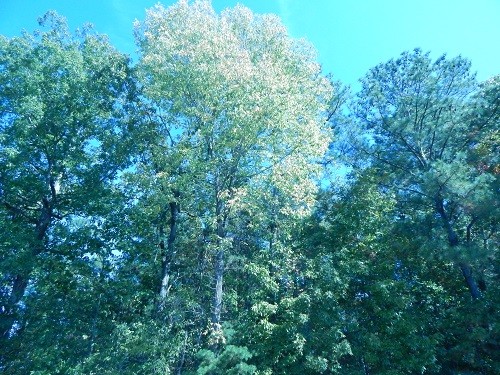
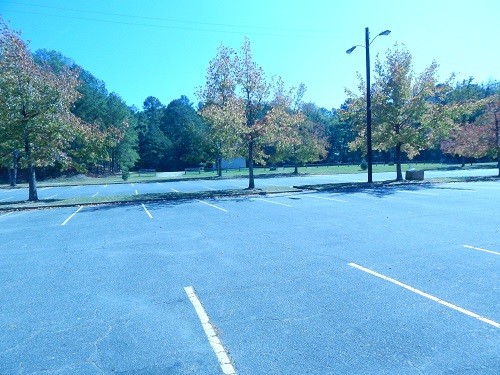
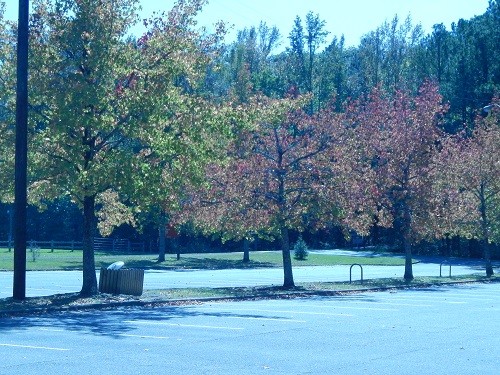




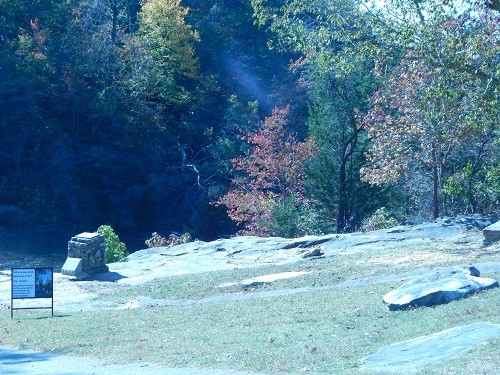
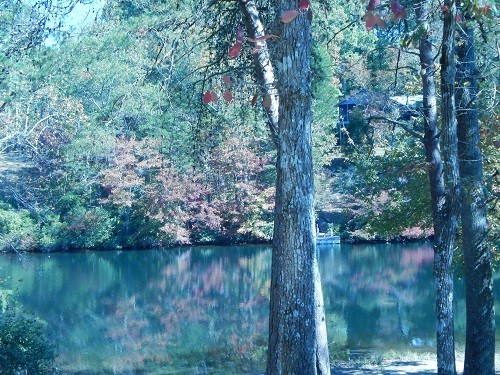
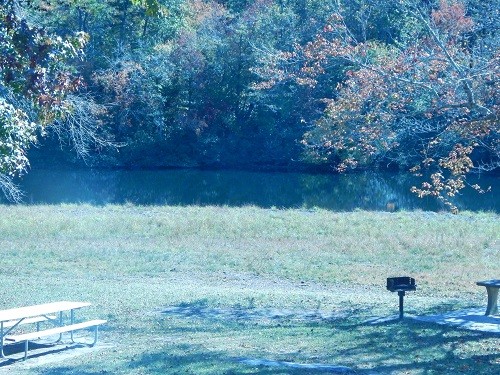
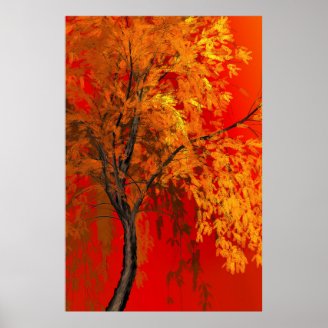

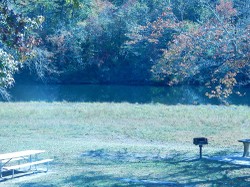

 Polar Coordinate System2 days ago
Polar Coordinate System2 days ago
 Aurora Can Disrupt Electrical Devices And Even the Grid?3 days ago
Aurora Can Disrupt Electrical Devices And Even the Grid?3 days ago
 Overcoming Difficulties Encountered with Mathematics4 days ago
Overcoming Difficulties Encountered with Mathematics4 days ago
 Christmas on Zazzleon 10/21/2025
Christmas on Zazzleon 10/21/2025

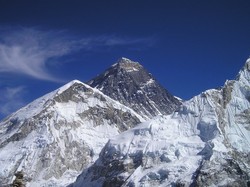

Comments
I am unfamiliar with the Palash tree. Here maple and sycamore seem to present vivid colors.
Love the photos you have posted. The surroundings are blue and winter like.
Dear blackspanielgallery - I love the colours of Fall. Like you, I get to see, soft green foliage in and around Bangalore during Fall. Vibrant colors of red, orange and yellow are missing. However, there used to be fiery red blooms of Palash tree on the side of roads in Bangalore 15 years back and it was stunning to watch them during my commute to office. Those Palash trees ( Flame of the forest or Flame tree) are no more. They are chopped for widening the roads.
I doubt it to to the number of pines each has. But time limited me to nearby places that exceed the fall foliage of south Louisiana.
blackspanielgallery, Thank you for the practical information and product lines.
In particular, I applaud your including Native Trees of the Southeast, which I often pull out to look at.
Are De Soto and Oak Mountain parks particularly known for their fall colors?
Here they do not root in wetlands, and swamps abound. The local sycamores are confined to lawns. The sprouting seeds are usually mowed down with the grass. The same is true of pecan trees planted by squirrels.
Sycamores only in yards! Here in England they are prolific self-seeders. When the house next door to mine was unoccupied for nearly a year due to the death of the old man who dwelt there I gained permission from the new occupant to enter the garden and took out twelve self-seeded sycamores from the flower bed. They had all sprung up after his death. They are not native to Britain, but grow vigorously here. The seeds are windborne, and in our windy isle they get everywhere.
You are fortunate. Here we have palms, pines, magnolias, weeping willows, and even cypress., with some maples and sycamores. Yes some do drop leaves, but with pines dominating the swamps we never get more than sporadic colors mixing in. The maples and sycamores are found only in yards, not indigenous to the area.
Over here the leaves are falling in abundance. There is a willow behind my plot which is dropping loads of them.